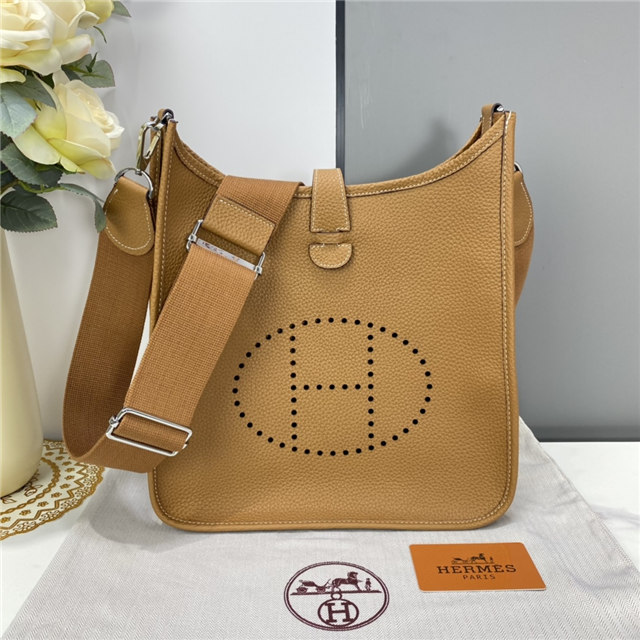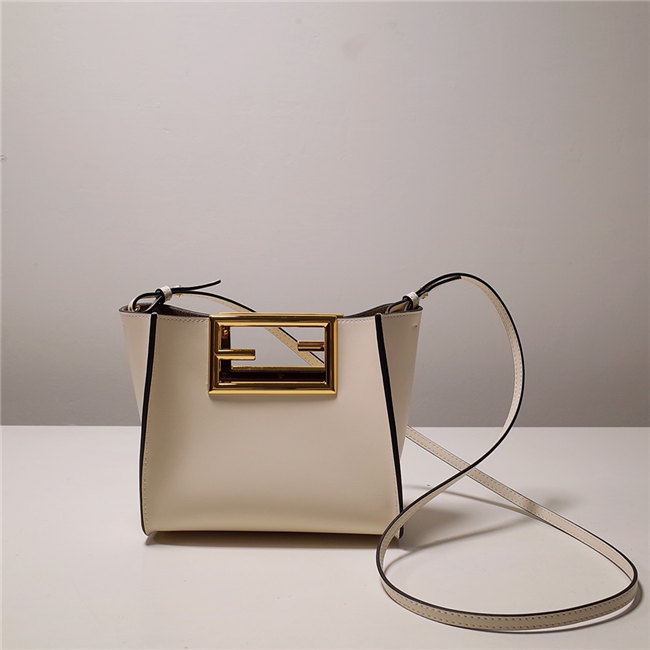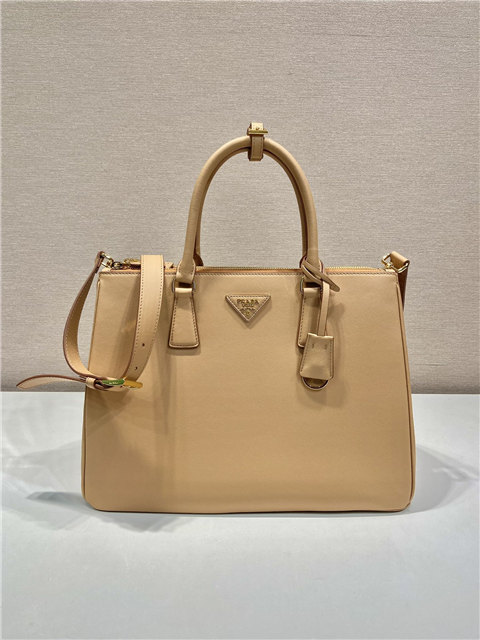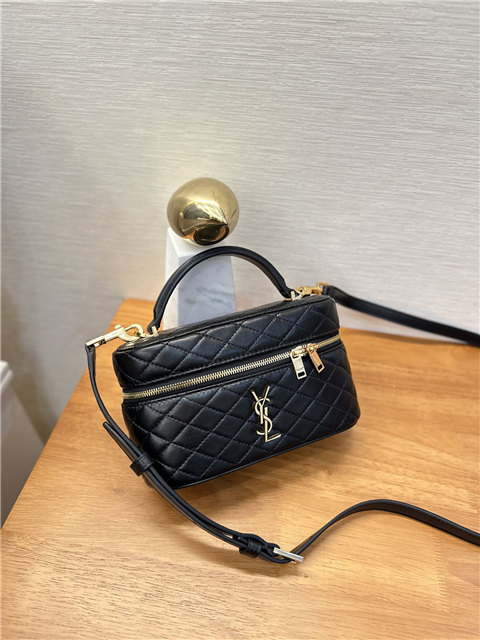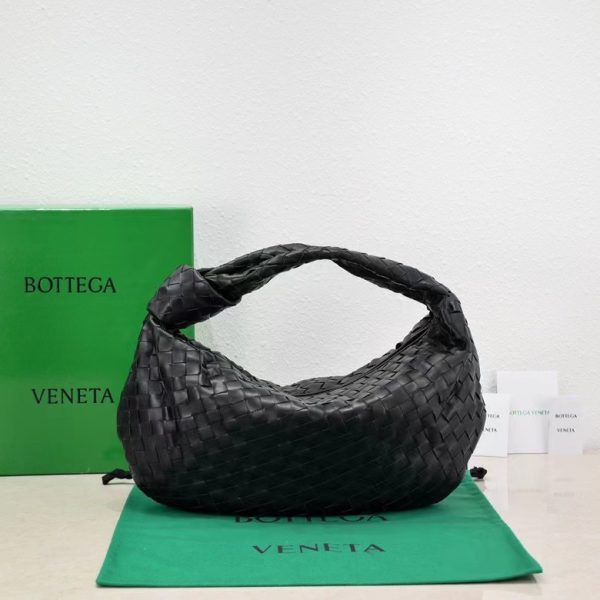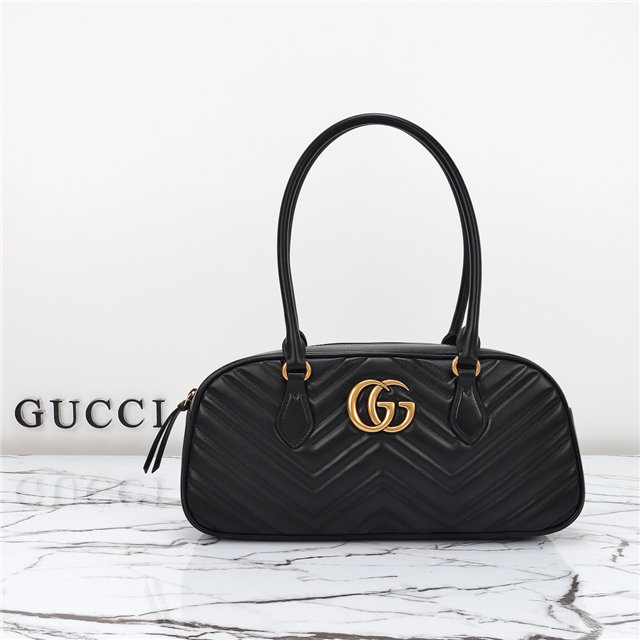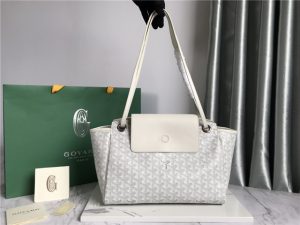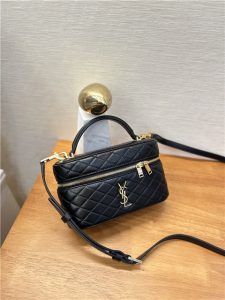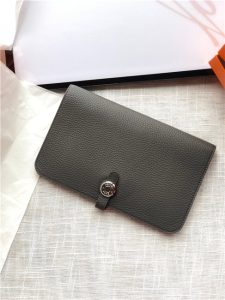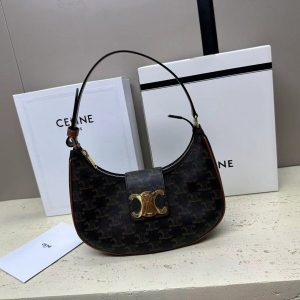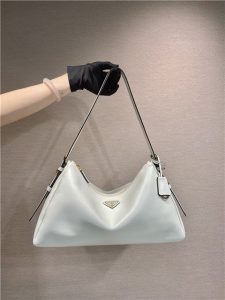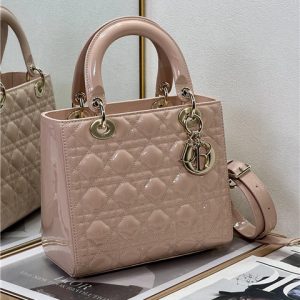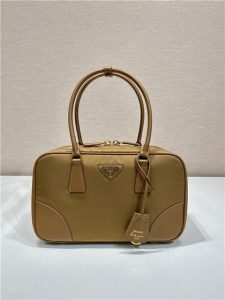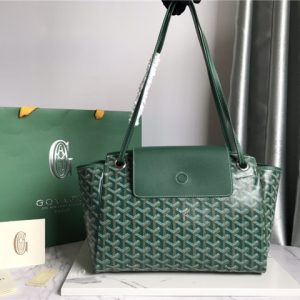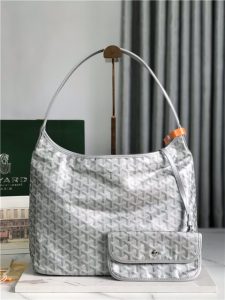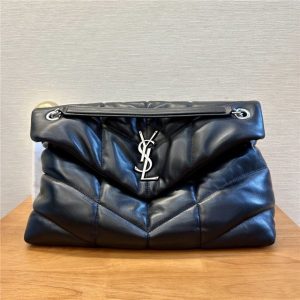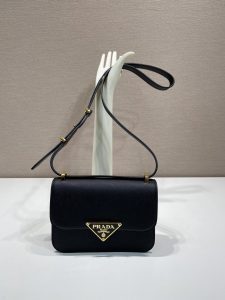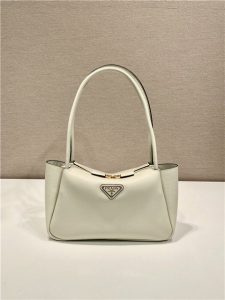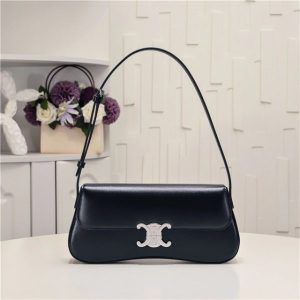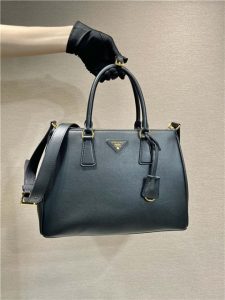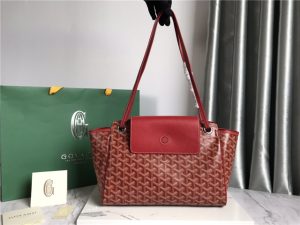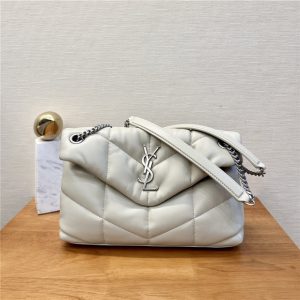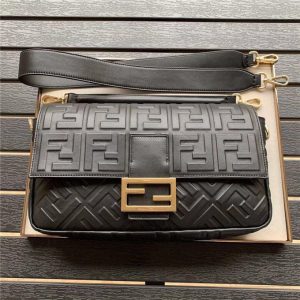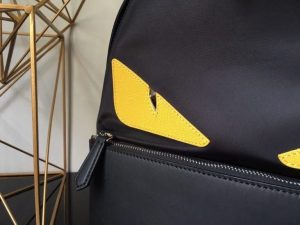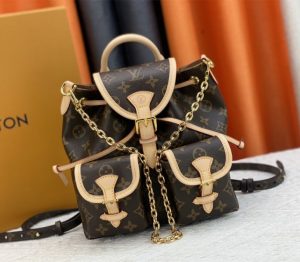First off, I gotta say, the internet’s a mixed bag. You see snippets like “check for glue marks” or “look at the logo,” and yeah, those are good starting points. Like, if you see globs of glue oozing out, or the lettering looks kinda wonky, alarm bells should definitely be ringing. But it’s not always that obvious, y’know?
And that “585C” number… well, without actually seeing the watch, it’s impossible to say definitively. Could it be a model number, serial number, or even some internal code? Absolutely. Could it be a random string of letters and numbers slapped on a fake? Also, unfortunately, yes.
Here’s the thing: Franck Muller watches are, like, seriously high-end. They’re all about the details. The finish should be impeccable, the movement should be smooth (and probably visible through the back, if it’s that kind of model), and the overall feel should scream “quality craftsmanship.” If it feels cheap or flimsy, it probably *is* cheap and flimsy. No offense.
Honestly, the best advice is to get it checked out by a professional. A reputable watchmaker or a Franck Muller dealer can take one look (or, more likely, several looks with a loupe) and tell you for sure. They know the telltale signs, the little nuances that separate the real McCoy from a convincing-ish imitation. That’s where you’re gonna get the real, proper answer.
Plus, here’s a completely random thought: where did you *get* the watch? If you bought it from some dude on a street corner for a steal, well, use your common sense, right? If you got it from a trusted jeweler or authorized dealer, you’re probably in much better shape.
And another thing I personally find helpful: compare it to pictures *of the real thing*. Go to the Franck Muller website, find the model that looks closest, and scrutinize every detail. Does the font match? Are the hands the right shape? Is the dial layout identical? Little things like that can be big clues.

